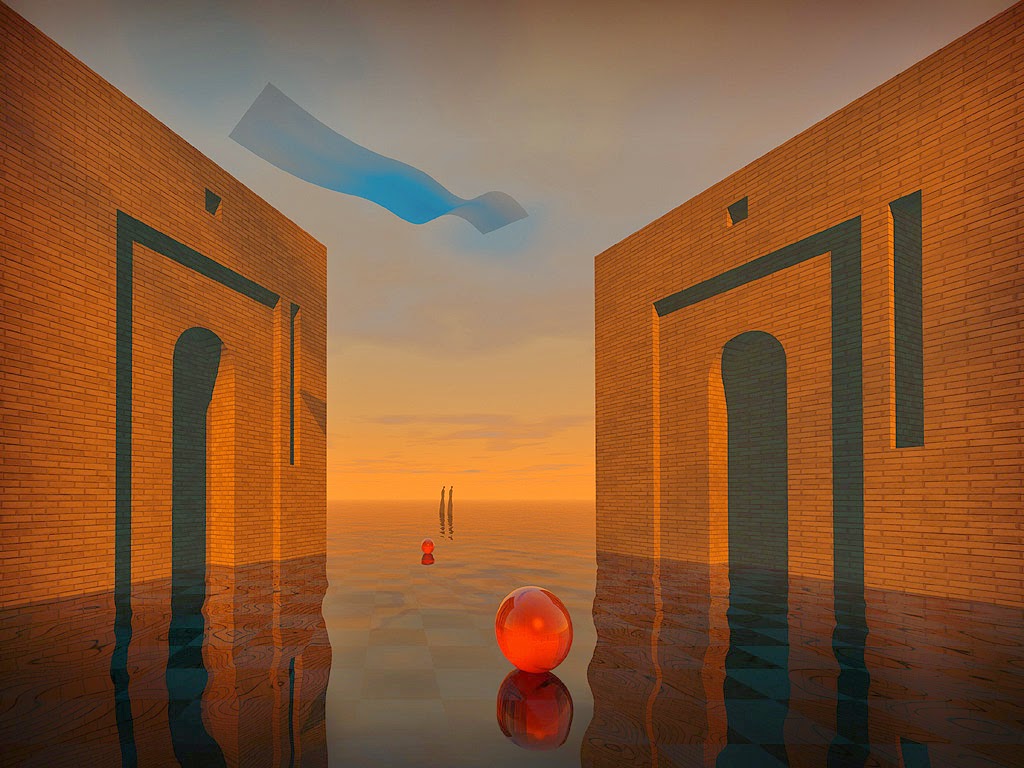Per (Pelle) Adolf Swedlund (1865-1947) was a Swedish painter and curator at Thiel Gallery in Stockholm 1932-1946.
Pelle Svedlund was born, lived and died in Gävle.
He was a pupil at the Swedish Academy (1889-92) and completed his education in Paris and Brittany, where he met Paul Gauguin and together they experimented in making woodcuts.

.jpg)
.jpg)
.jpg)
.jpg)
.jpg)
.jpg)
.jpg)
.jpg)
.jpg)
.jpg)
.jpg)